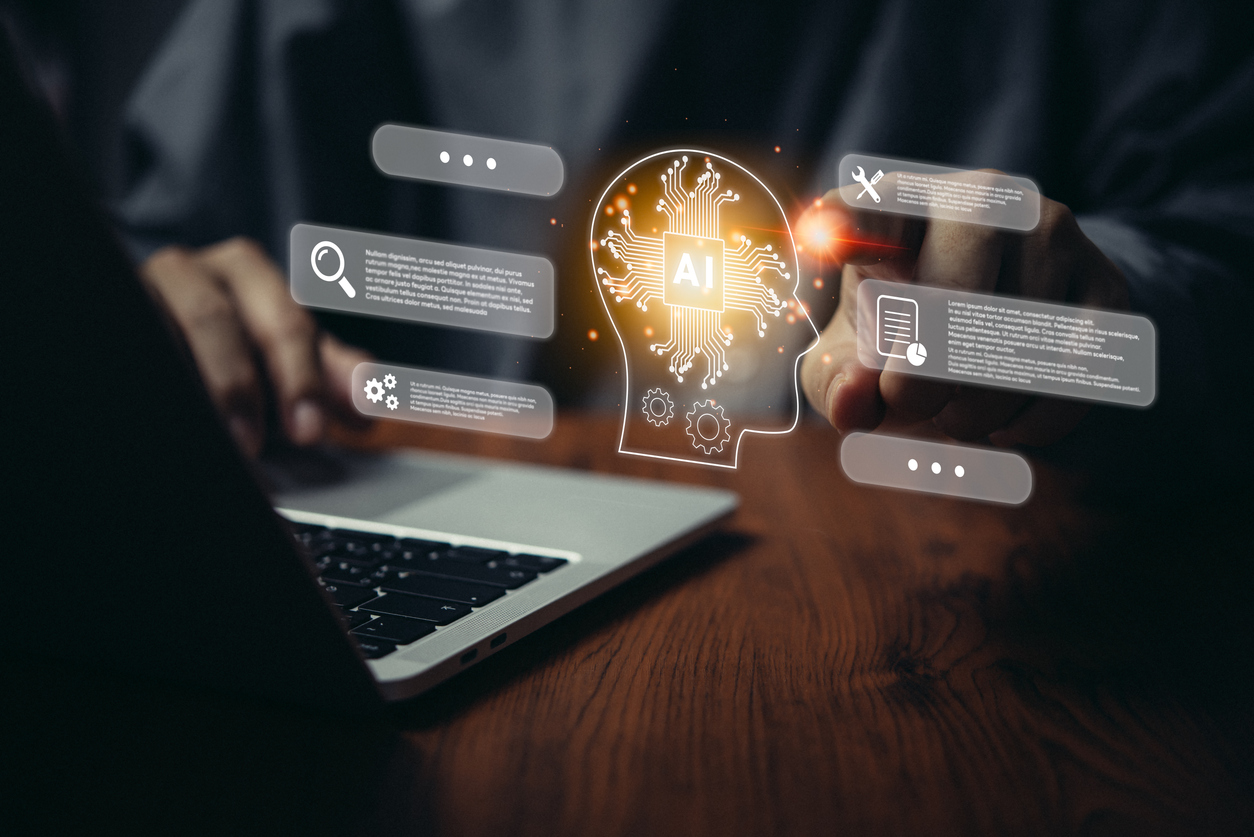
Generative AI, a technology that can produce content such as text, images, and code, is becoming a crucial tool in many workplaces. Tools like ChatGPT and Bing AI Chat have opened the floodgates for innovative ideas and experimentation, helping businesses become more productive and efficient1. The question then arises: how do we responsibly adopt this technology at work without falling into ethical dilemmas or infringing copyrights? Here are five methods that can guide organizations towards effective and responsible generative AI practice.
- Increasing Developer Productivity
Generative AI can help automate routine, repetitive tasks in coding, freeing up developers to focus on the more interesting and creative aspects of application building. Tools like GitHub Copilot and IDEs with built-in large language models can help automate tasks like writing code, generating unit tests, and even documenting codebases. But it’s crucial to monitor and assess AI-generated code to avoid potential issues like security vulnerabilities or performance bottlenecks1.
- Enhancing Low Code and No Code Environments
Low code and no code environments, which allow non-technical users to create applications, can be significantly enhanced with generative AI tools. These environments are highly constrained, reducing the chances of problematic integrations with AI tools. Still, it’s essential to ensure that AI-generated content is not presented directly to customers without an employee reviewing it first1.
- Improving Document and Data Understanding
Generative AI can help summarize and analyze documents, making it easier for organizations to understand complex data. However, as the AI models often try to complete sentences or paragraphs based on the query prompts, there can be instances of errors or “hallucinations”. Therefore, using generative AI in more constrained scenarios, where experts review the information, can be a safer approach1.
- Accelerating Business User Workflow
Generative AI can significantly enhance meeting productivity by creating summaries and recording action items, helping both attendees and those who missed the meeting stay informed. Tools like Microsoft Teams Premium, Dynamics 365 Copilot, and the ChatGPT app for Slack are examples of this application. The AI can also summarize and categorize customer feedback, making it easier to identify useful information and trends1.
- Tackling Writer’s Block and Sprucing Up Designs
Generative AI can also assist with brainstorming, copywriting, and creating designs. It can suggest what to write in customer emails, create SEO-tuned product descriptions, and even generate captions and alternative text for images. However, organizations need to have clear policies for reviewing and editing AI-generated content before it’s shared1.
Finding Your Own Uses
Generative AI can be beneficial in various areas, including customer support, retail, logistics, and legal services. It’s crucial to start with use cases that involve human review to spot and correct any errors or misinformation. It’s also important to understand and follow data usage policies of AI service providers to protect your organization’s data1.
Remember, the goal is not to replace people with AI, but to leverage it to make people more productive. This approach can help businesses benefit from the technology instead of automating their way into potential trouble1.
Share this Article:



